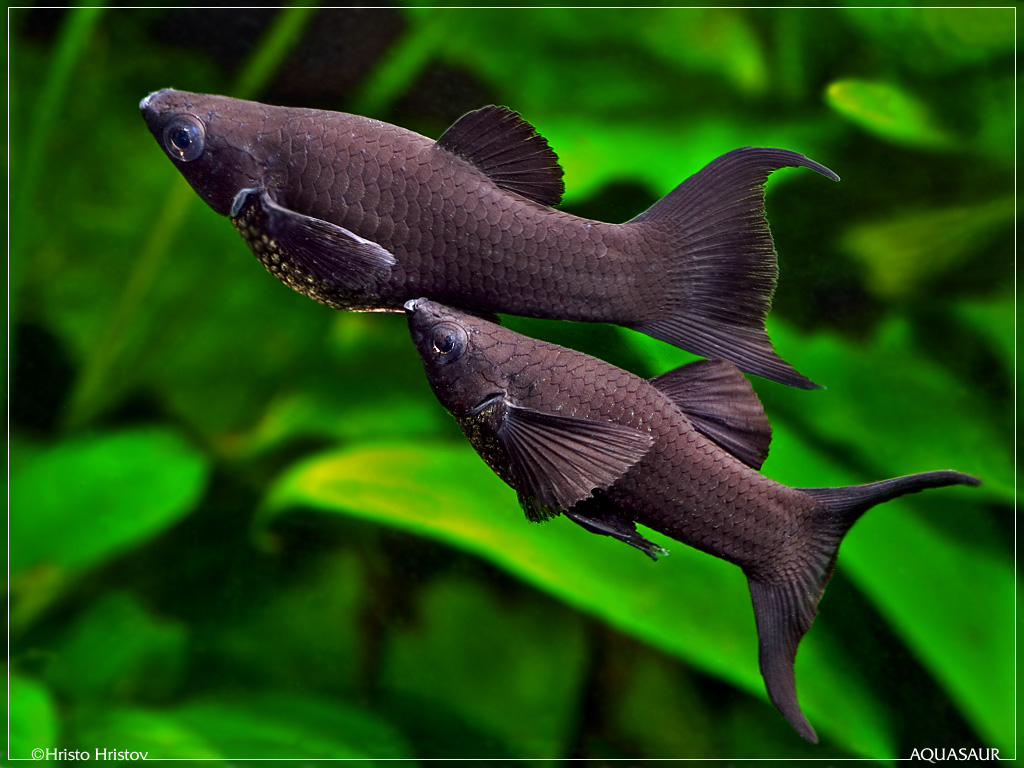Black Molly is a popular freshwater fish that has captured the hearts of aquarium enthusiasts around the globe. Known for their adaptability and peaceful nature, Black Mollies are an excellent choice for anyone looking to start a freshwater aquarium. In this article, we will delve into the fascinating world of Black Mollies, exploring their features, care requirements, breeding habits, and much more. Whether you're a beginner or an experienced aquarist, this comprehensive guide will provide you with all the information you need to successfully keep Black Mollies in your aquarium.
Originating from the waters of Central America, particularly in areas like Mexico and Guatemala, Black Mollies have quickly become a staple in the fishkeeping community. These fish are not only visually striking with their dark pigmentation, but they also exhibit a range of colors and patterns that can enhance the aesthetic appeal of any aquarium. In addition to their beauty, Black Mollies are known for their friendly disposition, making them a great addition to community tanks.
In this extensive guide, we will cover various aspects of Black Molly care, including their habitat preferences, dietary needs, breeding practices, and how to maintain optimal water conditions for their health. We will also touch upon common health issues and how to prevent them. By the end of this article, you'll be well-equipped to create a thriving environment for your Black Mollies!
Table of Contents
- Biography of Black Molly
- Personal Data and Biodata
- Natural Habitat
- Care Requirements for Black Molly
- Feeding Black Mollies
- Breeding Black Mollies
- Common Health Issues
- Conclusion
Biography of Black Molly
Black Mollies belong to the Poecilia sphenops species and are part of the Poeciliidae family. They are commonly found in freshwater environments, particularly in shallow coastal areas, lagoons, and rivers. Their unique coloration and peaceful temperament make them a favorite among fishkeepers.
Personal Data and Biodata
| Attribute | Details |
|---|---|
| Scientific Name | Poecilia sphenops |
| Common Names | Black Molly, Black Sailfin Molly |
| Origin | Central America |
| Size | 3 to 4.5 inches |
| Lifespan | 3 to 5 years |
| Temperament | Peaceful |
| Water Type | Freshwater |
| pH Level | 7.0 - 8.5 |
| Temperature | 75°F - 82°F (24°C - 28°C) |
Natural Habitat
Black Mollies thrive in warm, shallow waters with plenty of vegetation. They prefer environments with a sandy substrate and ample hiding spots. In the wild, they are often found in brackish waters, which means they can tolerate a slightly saline environment.
Ideal Aquarium Setup for Black Mollies
- Tank size: Minimum of 20 gallons
- Substrate: Sand or fine gravel
- Plants: Live plants like Java Fern and Anubias
- Hiding spots: Use rocks, caves, and driftwood
- Filtration: Moderate filtration to maintain water quality
Care Requirements for Black Molly
Proper care is essential for keeping Black Mollies healthy and vibrant. Here are some key care tips:
Water Quality
- Regular water changes (20-25% weekly)
- Monitor ammonia and nitrite levels
- Maintain a stable pH level between 7.0 and 8.5
- Keep the temperature between 75°F and 82°F
Tank Mates
Black Mollies are community fish and can coexist with other peaceful species. Some suitable tank mates include:
- Guppies
- Tetras
- Platies
- Neon Tetras
- Danios
Feeding Black Mollies
Feeding Black Mollies a balanced diet is crucial for their health. They are omnivores and require a variety of foods, including:
Types of Food
- High-quality flake or pellet food
- Frozen or freeze-dried foods like brine shrimp and bloodworms
- Vegetable matter such as spirulina and blanched zucchini
Breeding Black Mollies
Breeding Black Mollies can be a rewarding experience for fishkeepers. They are livebearers, meaning they give birth to live young rather than laying eggs. Here’s how to breed them successfully:
Breeding Tips
- Provide a separate breeding tank
- Ensure a ratio of 1 male to 2-3 females to minimize stress
- Offer plenty of hiding spots for fry
- Feed the fry with finely crushed flakes or specialized fry food
Common Health Issues
Like all fish, Black Mollies can be susceptible to certain diseases and health issues. Here are some common problems and their solutions:
Common Diseases
- Ich (White Spot Disease)
- Fin Rot
- Fungal Infections
Prevention and Treatment
Maintaining good water quality is the best prevention against diseases. Regularly check your fish for any signs of illness and consult a veterinarian if necessary. Quarantine new fish before introducing them to your main tank to prevent the spread of diseases.
Conclusion
In conclusion, Black Mollies are a fantastic choice for both beginner and experienced aquarists. Their stunning appearance, peaceful nature, and adaptability make them ideal for community tanks. By following the care guidelines outlined in this article, you can ensure your Black Mollies lead happy and healthy lives. Don’t hesitate to share your experiences or ask questions in the comments below. Happy fishkeeping!
Call to Action
If you found this article helpful, consider sharing it with fellow fish enthusiasts or exploring more articles about aquarium care on our website. Your feedback is always welcome!
Penutup
Thank you for visiting our site! We hope to see you back soon for more insightful articles about your favorite aquarium fish.
You Might Also Like
Short Celebrities: Exploring The Lives Of Famous Stars Under 5'5"Surprising Memes: The Unexpected Humor That Captivates The Internet
Remembering The Harry Potter Cast Members Who Have Died
Discovering The Rich Heritage Of St. Louis Libraries
Exploring The Fascinating World Of Glass Monkeys
Article Recommendations
- Jameliz Onlyfan Leak
- 198 Lb Burmese Python
- Jason Beghe
- Beau Richards And Kelli Giddish
- David Lee Roth Daughter
- Pineapplebrat Fanfix S
- Daniel Ezra Wife
- Things To Draw When Bored Easy
- Daniel Ezra Wife
- Alex Start X New 2024 Age


